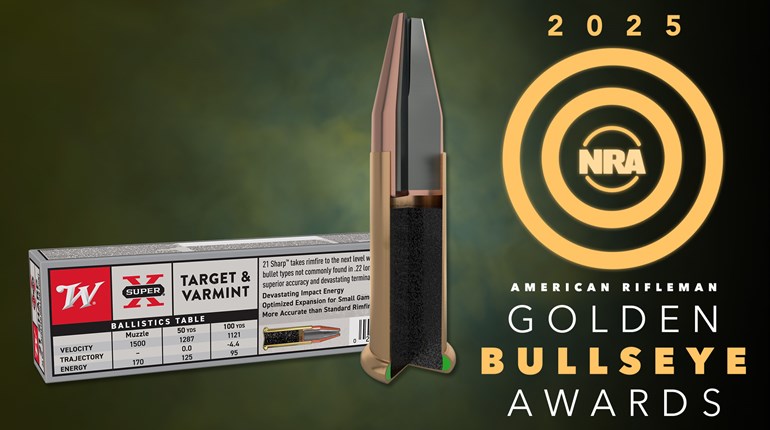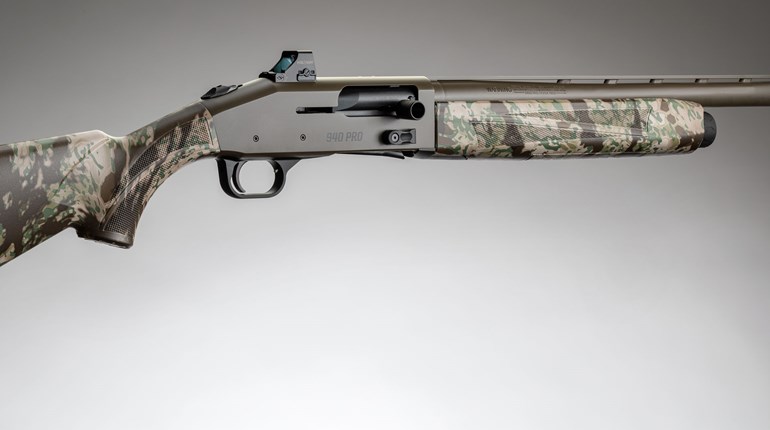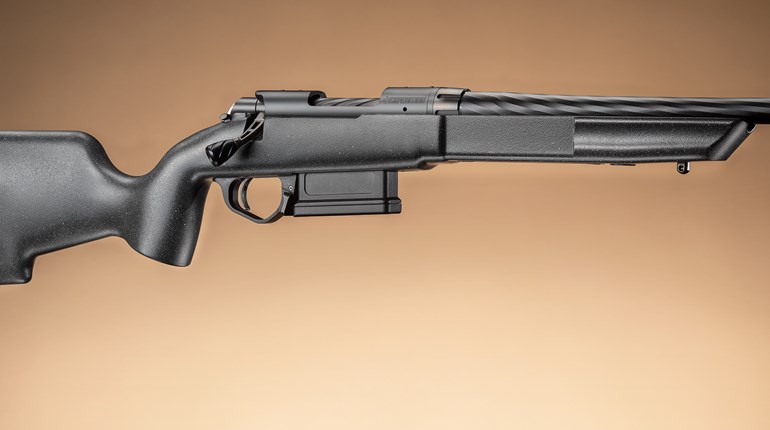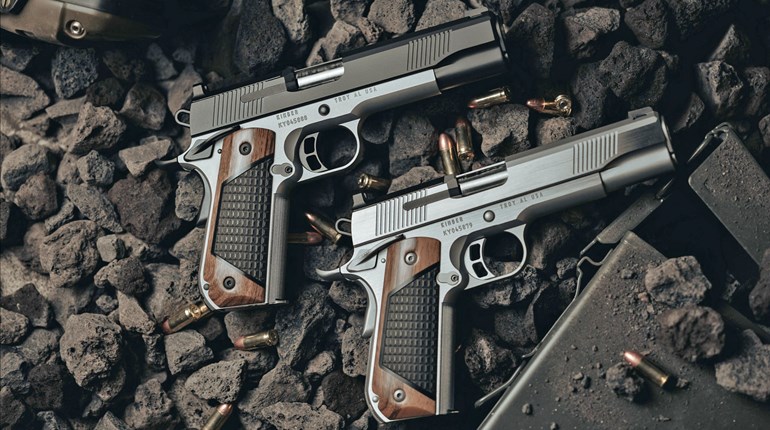
It’s not quick to load. Its range is miniscule. It’s not very accurate. It’s difficult to master and it kicks like hell. Even so, the shotgun is universally feared and respected.
Why? Because when it’s in trained hands, it is unlikely to miss. Its bowling-ball-size swath of destruction allows more leeway for error than a single bullet. And, when those .33-caliber, solid-lead balls smash into something at close range, there’s not much short of a world-class trauma team that can repair such damage. Dangerous men who tangle with dangerous men for a living know this, and if the other team has brought a shotgun to the fight, it commands all the attention of a rattlesnake in the outhouse. More than 100 years ago, in the Great War, Winchester’s 1897 pump-action shotgun was so devastating on the battlefield, our enemies petitioned to have it banned.
Academically, the shotgun’s power is easily defined. The standard, nine-pellet, 00-buckshot load features a collective 1.21-ounce payload that’s fired at 1,200 fps to produce roughly 1,700 ft.-lbs. of muzzle energy and 30 ft.-lbs. of free-recoil energy. Or, you can choose a 3-inch, 12-pellet magnum load fired at 1,425 fps to produce 3,295 ft.-lbs. of energy—if you are prepared for its 55 ft.-lbs. of recoil that will soon wind up on your cheek and shoulder. Either way, it’s vastly favorable to be on the butt end of that punch rather than the muzzle.
Psychologically, the shotgun also holds special power, although this intangible quality remains impossible to calculate. Hollywood routinely overstates it, but that doesn’t mean its legend and mystique aren’t borne in some truth. Ask any Soldier who’s ever fought in close quarters—from the tunnels of Vietnam to the clay houses of Afghanistan—and most will tell you they’d rather take a slug from a .45 ACP, an AK-47 or a 5.56 than a 00-buck blast from the ole shotty. Me? I’d rather face a trained enemy holding a handgun than an amateur with a 12-gauge pointed at me—I’m far more likely to survive a wound from a handgun round than from a shotgun’s payload.
You’ve no doubt heard the overused cliché that one can scare an attacker off merely by racking the slide of a Remington Model 870 or Mossberg 500 pump (which, tactically, is a terrible idea). While no tactical shotgun instructor worth his salt would advocate entering a fight with an unloaded gun—much less against an adversary whose mental state is unknown—there’s a reason clichés become clichés. The sound of a shotgun chambering a round is intrinsically linked with the shotgun’s legendary power, and almost certainly the familiar, metallic shuck-shuck sound rings fear into sane men across the globe—as it should. After all, humans are human, and most of us have been conditioned to fear the growl of a dog or the screech of car tires at an intersection. A shotgun pumped with deadly intent is no different, although that doesn’t make doing so a sound plan for self-defense.
Yet, the shotgun’s power shouldn’t be overhyped, even by so-called experts such as this writer who have a vested interest in the arm’s worth, for it is irresponsible and dishonest to do so. Fact is, the combat shotgun is a specialized tool—requiring extensive training and practice—for certain close-range scenarios, but it shouldn’t be the end-all choice in arms for everything. After 35 yards it’s not great, and after 75 it’s terrible regardless of the load. If your hands are untrained, you’re better off with a rifle. The shotgun is heavy, takes an eternity to load compared to a detachable-magazine-fed firearm and mastering it so its pattern strikes where the shooter looks, without the use of sights, takes years to accomplish.
But, for the scenarios where the 12-gauge shotgun shines—like while ensconced in your castle during the dead of night—there is no firearm more intimidating, fearsome, devastating and effective. And for that, the powerful shotgun remains king.






































